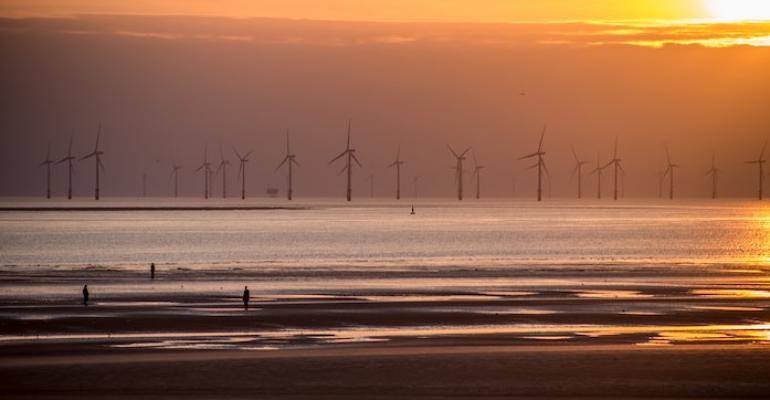The gold rush is years away, but a trail is being put in place. Last week, the US Department of the Interior (DOI) released a proposed sale notice, with invitation for public comments, for acreage in the Outer Continental Shelf offshore central California. Last year, the Biden administration and the State of California had agreed to look closely at two areas off the coast- the Morro Bay area, off central California- with three leasing tracts, and the Humboldt area, off the northern part of the state- with two tracts.
So far, all the leasing activity in the US quest for “30 by 30” - 30 gW of electricity generated by wind turbines off the coasts by 2030 - has been in the Atlantic Ocean from Massachusetts to North Carolina- the most recent. To date, the Bureau of Ocean Energy Management (BOEM, part of the US DOI) has held 10 competitive lease sales, which have resulted in 25 active commercial offshore wind leases being issued.
The California lease sale will be the first in the Pacific region. Other than two very small arrays, one offshore Rhode Island, and another offshore Virginia, another Vineyard Wind, south of Martha’s Vineyard, Massachusetts, has successfully navigated the tortuous path towards final approvals; surveys and preparations for actual installation are underway now.
 Wind energy along the East Coast will be generated by turbines standing on the seabed - in the case of Vineyard Wind a complement of 62 turbines, 13 mW each, will be deployed. In contrast, off California, floating turbines- a nascent technology, will be deployed, because of the steep drop-off in the seabed depths.
Wind energy along the East Coast will be generated by turbines standing on the seabed - in the case of Vineyard Wind a complement of 62 turbines, 13 mW each, will be deployed. In contrast, off California, floating turbines- a nascent technology, will be deployed, because of the steep drop-off in the seabed depths.
Fixed versus floating has implications for the composition of the installation, servicing and crew transfer fleets; the US Customs and Border Protection (US CBP) has been continuing to clarify rules regarding movement of equipment and people in connection with offshore projects deploying fixed turbine installations. Along the East Coast, the jury is still out on whether installation vessels will be US built or will be non-Jones Act compliant. Dominion Energy is building a Jones Act WTIV at the Keppel Amfels yard in Texas; Eneti had looked at an additional WTIV building project, but did not commit.
Besides the attraction of “green energy”, local job creation is touted by BOEM whenever leasing is discussed. In announcing the California notice, the Secretary of the US DOI, Deb Haaland, said: “Today, we are taking another step toward unlocking the immense potential of offshore wind energy offshore our nation’s west coast to help combat the effects of climate change while creating good-paying jobs.”
But the steps will not occur overnight; likely the process of environmental and other reviews will take years. That may be a blessing in disguise as it will give the floating turbine technology time to catch up.
Reader resources:
https://www.boem.gov/renewable-energy/state-activities/california
https://www.offshorewindca.org/s/Draft-CEC-AB-525-Report-May-2022.pdf
https://www.regulations.gov/docket/BOEM-2021-0044/comments (comments re Morro Bay)
Copyright © 2024. All rights reserved. Seatrade, a trading name of Informa Markets (UK) Limited.
Add Seatrade Maritime News to your Google News feed.  |

